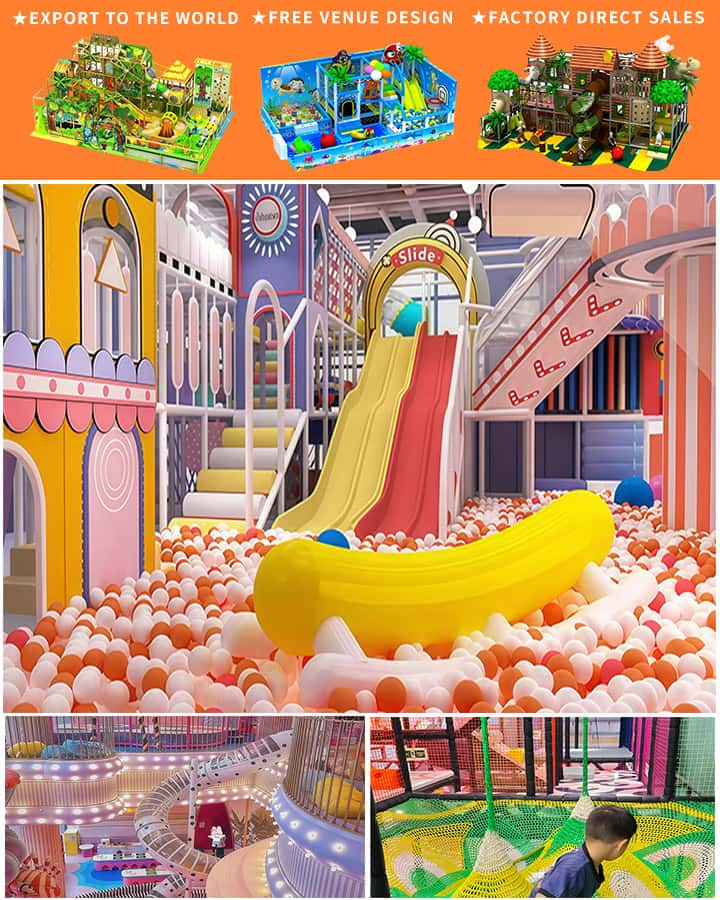In the bustling world of nonprofit management, securing funds to provide safe and enriching recreational spaces for children can be a monumental task. Playground equipment grants are a crucial source of funding that enables organizations to enhance their facilities, fostering physical development, social interaction, and overall well-being in young community members. Here’s a comprehensive guide on how nonprofits can successfully secure these vital grants.
1. Research Available Grants
Before diving into the grant application process, it’s essential to identify which grants are available. Many federal, state, and local government programs, along with private foundations, offer funding specifically for playground improvements. Some notable sources include:
- The National Recreation and Park Association (NRPA): Provides various grants aimed at improving community recreation areas.
- The Department of Health and Human Services (HHS): Offers grants that can support the development of healthy communities, including playground upgrades.
- KaBOOM!: A nonprofit dedicated to bringing balanced and safe play to every child through partnerships, advocacy, and grantmaking.
- Local Governments: Many municipalities have specific grants or funds allocated for playground enhancements.
2. Align Your Project with Grant Objectives
Grantors typically have specific goals and criteria they aim to address through their funding. For instance, some may focus on increasing access to playgrounds in underserved communities, promoting outdoor physical activity, or incorporating inclusive features for children with disabilities. Ensure your project aligns closely with these objectives to increase your chances of approval.

3. Develop a Comprehensive Project Plan
A well-thought-out project plan is critical for convincing grantors of the need and potential impact of your proposal. Your plan should include:
- Needs Assessment: Demonstrate the community’s need for updated playground equipment by presenting survey results, usage statistics, or testimony from stakeholders.
- Project Scope: Clearly define what new equipment will be installed, the expected benefits, and the timeline for completion.
- Budget: Provide a detailed budget outlining all costs associated with the project, including equipment purchases, installation fees, safety surfacing, and any ongoing maintenance expenses.
4. Gather Strong Supporting Documentation
To bolster your application, gather compelling supporting documentation:
- Letters of Support: Obtain letters from community leaders, parents, educators, and other stakeholders who can attest to the significance of the playground and its positive impact on the community.
- Design Plans: Include detailed drawings or blueprints of the proposed playground layout and equipment placement.
- Financial Records: If applicable, show financial statements demonstrating your organization’s financial health and ability to manage funds responsibly.
5. Write a Persuasive Application
Craft a clear, concise, and persuasive grant application that addresses all elements outlined by the grantor. Highlight the importance of the project, the benefits it will bring to the community, and why your organization is the best steward of this grant. Be mindful of the word limits and ensure your application is free of grammatical errors and typos.
6. Submit and Follow Up
Submit your application by the deadline specified by the grantor. After submission, maintain communication with the grantor to express continued interest and answer any follow-up questions. This demonstrates your commitment and reliability as an applicant.
7. Manage and Report on Funds
If awarded, adhere strictly to the terms of the grant agreement. Properly manage the funds, complete the project within the designated timeframe, and submit all required reports. Demonstrating transparency and accountability can pave the way for future funding opportunities.
Securing playground equipment grants for nonprofits requires diligent research, strategic planning, and clear communication. By following these steps, nonprofits can significantly enhance their facilities, providing safe and engaging play environments that benefit children and strengthen communities.




